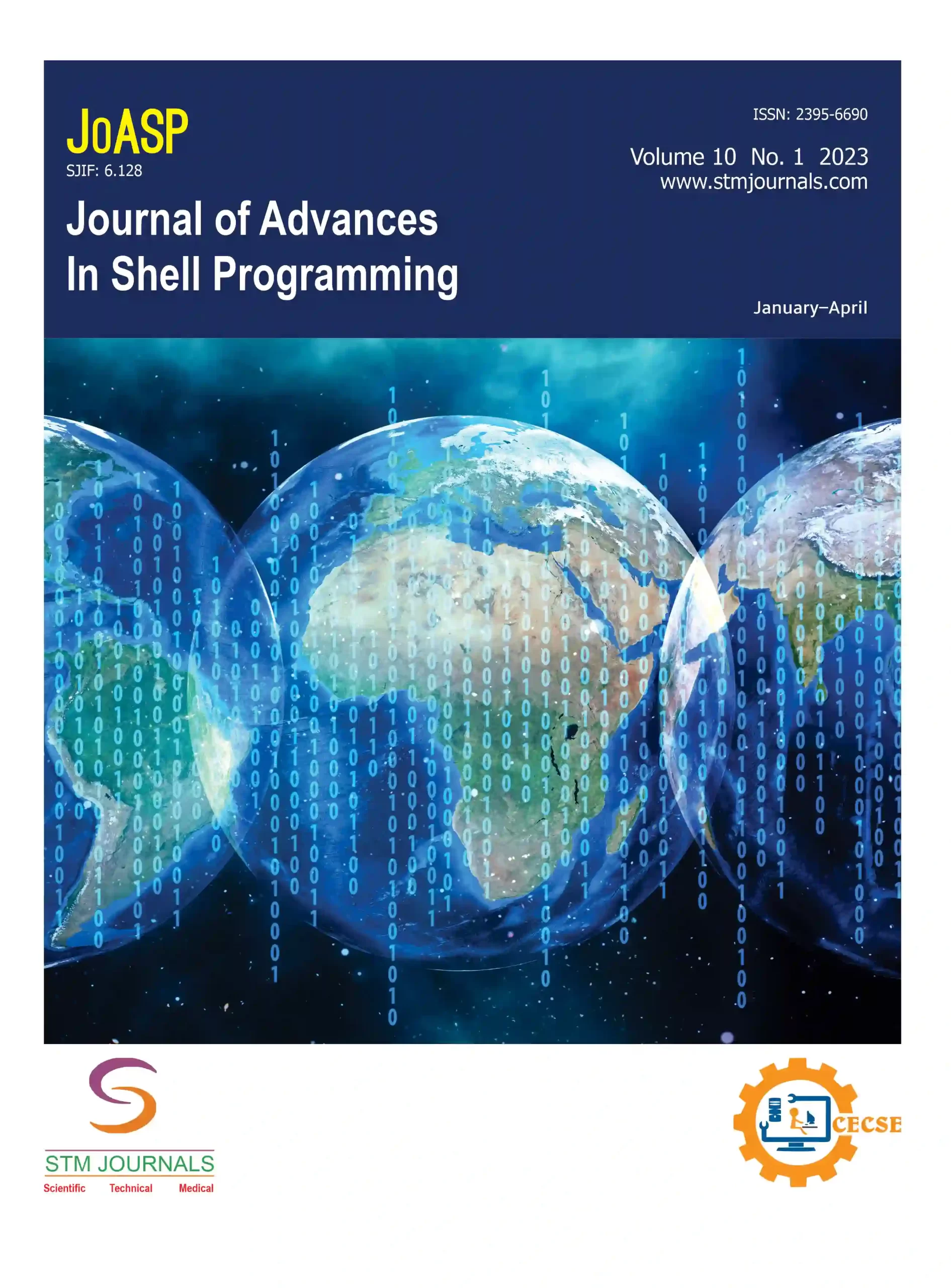
Vishwajeet Mhetre,

Sudershan Dolli,

Sharvani Mahajan,

Vyankatesh Kalme,
- Student Department of Electronics & Telecommunication Engineering, Smt. Kashibai Navale College of Engineering (SKNCOE), Pune Maharashtra India
- Assistant Professor Department of Electronics & Telecommunication Engineering, Smt. Kashibai Navale College of Engineering (SKNCOE), Pune Maharashtra India
- Student Department of Electronics & Telecommunication Engineering, Smt. Kashibai Navale College of Engineering (SKNCOE), Pune Maharashtra India
- Assistant Professor Department of Electronics & Telecommunication Engineering, Smt. Kashibai Navale College of Engineering (SKNCOE), Pune Maharashtra India
Abstract
The advent of digital media has necessitated advancements in forensic imaging, especially for the detection and verification of image authenticity. In this context, digital image forensics plays a critical role in identifying manipulated or counterfeit images. This paper presents a new method that uses deep learning techniques to enhance image forgery detection. The approach utilizes a convolutional neural network (CNN) to automatically learn and recognize the intricate features present in both authentic and altered images. The network is meticulously trained on a diverse dataset encompassing a wide array of real and fake images. These images undergo various manipulation techniques, including splicing, copy-move, and retouching, ensuring comprehensive exposure to potential forgeries. By analyzing subtle pixel-level discrepancies and spatial relationships, the CNN is equipped to discern authentic images from those that have been tampered with. Our approach utilizes the Busternet deep learning architecture, renowned for its efficacy in image analysis, to develop a sophisticated copy-move forgery detection system. This architecture excels in recognizing minute differences in image regions, enabling precise localization and verification of altered segments. The experimental results demonstrate the model’s superior performance in detecting forgeries, highlighting its potential as a powerful tool in digital forensic investigations. This work underscores the significant promise of deep learning applications in forensic imaging, paving the way for enhanced methods of image authenticity verification and contributing to the broader field of digital forensics.
Keywords: Busternet, convolutional neural networks (CNN), deep learning, image forgery detection (IFD)
[This article belongs to Journal of Advances in Shell Programming(joasp)]
References
- Teerakanok S, Uehara T. Copy-move forgery detection using GLCM-based rotation-invariant feature: a preliminary research. In: 2018 IEEE 42nd Annual Computer Software and Applications Conference (COMPSAC), Tokyo, Japan, July 23–27, 2018. Vol. 2, pp. 365–369.
- Phan-Xuan H, Le-Tien T, Nguyen-Chinh T, Do-Tieu T, Nguyen-Van Q, Nguyen-Thanh T. Preserving spatial information to enhance performance of image forgery classification. In: 2019 International Conference on Advanced Technologies for Communications (ATC), Hanoi, Vietnam, October 17–19, 2019. pp. 50–55.
- Abd Warif NB, Wahab AW, Idris MY, Ramli R, Salleh R, Shamshirband S, Choo KK. Copy-move forgery detection: survey, challenges and future directions. J Netw Computer Appl. 2016; 75: 259–278.
- Elaskily MA, Aslan HK, Elshakankiry OA, Faragallah OS, Abd El-Samie FE, Dessouky MM. Comparative study of copy-move forgery detection techniques. In: 2017 International Conference on Advanced Control Circuits Systems (ACCS) Systems & 2017 International Conference on New Paradigms in Electronics & Information Technology (PEIT), Alexandria, Egypt, November 5–8, 2017. pp. 193–203.
- Ustubioglu B, Ulutas G, Ulutas M, Nabiyev VV. A new copy move forgery detection technique with automatic threshold determination. AEU – Int J Electron Commun. 2016; 70 (8): 1076–1087.
- Abidin AB, Majid HB, Samah AB, Hashim HB. Copy-move image forgery detection using deep learning methods: a review. In: 2019 6th International Conference on Research and Innovation in Information Systems (ICRIIS), Johor Bahru, Malaysia, December 2–3, 2019. pp. 1–6.
- Chen J, Kang X, Liu Y, Wang ZJ. Median filtering forensics based on convolutional neural networks. IEEE Signal Process Lett. 2015; 22 (11): 1849–1853.
- Bayar B, Stamm MC. Constrained convolutional neural networks: a new approach towards general purpose image manipulation detection. IEEE Trans Inform Forens Security. 2018; 13 (11): 2691–2706.
- Rao Y, Ni J. A deep learning approach to detection of splicing and copy-move forgeries in images. In: 2016 IEEE International Workshop on Information Forensics and Security (WIFS), Abu Dhabi, UAE, December 4–7, 2016. pp. 1–6.
- Yang B, Sun X, Cao E, Hu W, Chen X. Convolutional neural network for smooth filtering detection. IET Image Process. 2018; 12 (8): 1432–1438.

Journal of Advances in Shell Programming
| Volume | 11 |
| Issue | 02 |
| Received | July 3, 2024 |
| Accepted | July 25, 2024 |
| Published | August 1, 2024 |

